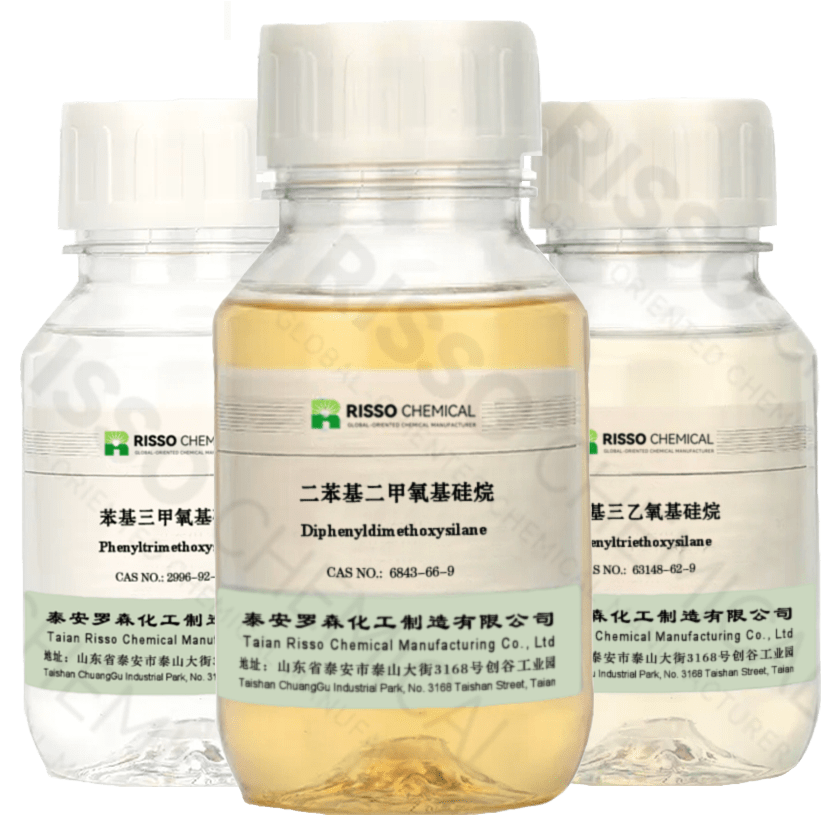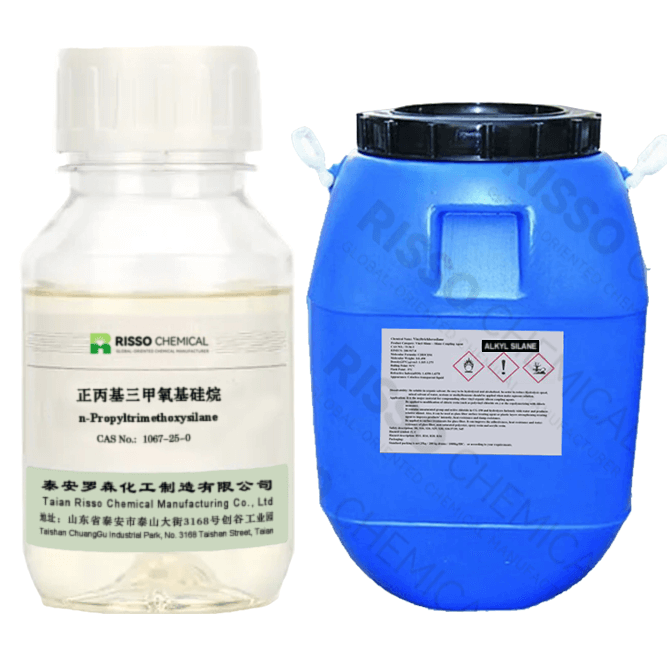2024 Silane Price Guide: Types, Applications, and Market Trends
- Blog
- October 27, 2024
- 11:25 am

Silanes are silicon-based compounds integral to industries like electronics, automotive, and construction. Known for their role as adhesion promoters and surface modifiers, silanes facilitate bonding between organic and inorganic materials. As we move through 2024, the demand for silanes remains steady, though the market faces various challenges that impact pricing. This article will examine different types of silanes, their applications, and key pricing factors shaping the silane market this year.
Table of Contents
Current Silane Prices in 2024
As of early 2024, silane prices vary significantly based on type and region. Average prices range between $5 and $18 per kilogram. Specific high-purity or specialty Silanes, used in advanced applications, can go higher. The global silane market experienced a downturn in late 2023, with reduced demand in sectors like electronics and construction. However, prices may rise as manufacturers replenish stocks and shipping costs increase due to supply chain disruptions
Types of Silanes and Their Applications
- Functional Silanes
- Overview: These silanes contain functional groups, such as amino, vinyl, and epoxy groups, allowing them to act as coupling agents that improve adhesion. They are widely used in coatings, sealants, and adhesives.
- Applications: Functional silanes are essential in automotive and construction for enhancing adhesion and durability in materials like glass and metal. In the medical and electronics industries, they are used for protective coatings.
- Price Range: $5 – $12 per kilogram, depending on the specific functional group and quality requirements.
- Mono/Chloro Silanes
- Overview: This group includes monosilanes, disilanes, and chlorosilanes, primarily used in the electronics industry, particularly in semiconductors and solar panel manufacturing.
- Applications: Known for their high purity, these silanes are critical for producing electronic-grade silicon, a core component in semiconductor chips and photovoltaic cells. Monosilanes, for example, serve as a raw material in chemical vapor deposition for thin-film coatings.
- Price Range: $8 – $18 per kilogram, with high purity requirements pushing prices up.
- Alkyl Silanes
- Overview: Alkyl silanes are used to modify surfaces and improve hydrophobicity, making them ideal for water-repellent coatings and other applications needing protection against moisture.
- Applications: These silanes are commonly used in outdoor construction materials, such as concrete and masonry, where they help repel water and prevent damage. Alkyl silanes are also used in paints, coatings, and sealants.
- Price Range: Around $5 – $10 per kilogram, with prices varying based on concentration and purity.
- Amino Silanes
- Overview: These silanes contain amine groups, which enhance adhesion between organic and inorganic materials, making them valuable in polymer industries.
- Applications: Amino silanes improve bonding in glass fiber-reinforced plastics, used in automotive and aerospace parts. They are also used in primers and paints for better adhesion on surfaces like metal and glass.
- Price Range: Typically $6 – $12 per kilogram, with applications requiring high adhesion demanding premium products.
- Vinyl Silanes
- Overview: Vinyl silanes, which have vinyl groups, are useful in polymer cross-linking, enhancing strength and flexibility.
- Applications: Vinyl silanes are popular in the production of cross-linked polyethylene for cables and wires. They are also used in the tire industry, where they enhance durability and elasticity.
- Price Range: Generally $6 – $13 per kilogram.
Market Dynamics Influencing Silane Prices in 2024
- Supply Chain Disruptions: Recent disruptions, including tensions in the Red Sea and logistical issues at the Panama Canal, have increased freight costs, impacting silane pricing globally. Shipping costs have particularly affected high-demand regions like Europe and North America.
- Demand Fluctuations: After a dip in demand in late 2023, sectors such as electronics and construction are beginning to restock, which may increase prices. This cyclical restocking pattern often causes price volatility in the silane market.
- Technological Advancements: The development of advanced silane types for niche applications, like green tire production and eco-friendly coatings, has increased the value of certain specialty silanes, particularly functional and vinyl silanes.
- Environmental Regulations: In regions like Europe, regulatory pressures are encouraging the use of environmentally friendly silanes, which may increase production costs but open new opportunities for suppliers investing in sustainable silane production.
Regional Insights: Key Markets for Silane in 2024
- Asia-Pacific: With dominant silane production hubs, especially in China and Japan, Asia-Pacific continues to drive global silane supply. Competitive pricing is expected due to large-scale manufacturing, though rising logistics costs could impact export rates
- North America: High demand from construction and automotive industries is slowly recovering, with sustainable silane applications gaining traction. Prices are expected to remain stable, with potential increases if demand for high-purity Silanes continues to rise.
- Europe: European markets focus on eco-friendly silane applications, especially in construction and automotive. Regulatory standards encourage innovations in sustainable silane, though compliance costs could lead to marginal price increases.
Conclusion: What to Expect in 2024
The silane market in 2024 remains influenced by global economic conditions, supply chain factors, and sector-specific demands. Functional, amino, vinyl, and chlorosilanes are among the most widely used types, with prices ranging from $5 to $18 per kilogram. As demand recovers across industries and supply chain challenges persist, businesses can expect moderate price fluctuations.
By tracking supply chain trends and technological advancements, companies using silane can make informed procurement decisions to optimize costs and enhance product quality. For up-to-date information, For the latest information, you can consult RissoChem or other suppliers to monitor specific market changes that affect silane supply and pricing.
Popular Recommendations
- Most popular products
TRENDING
- Address: Daiyue Industrial Park, Taian, Shandong, China



